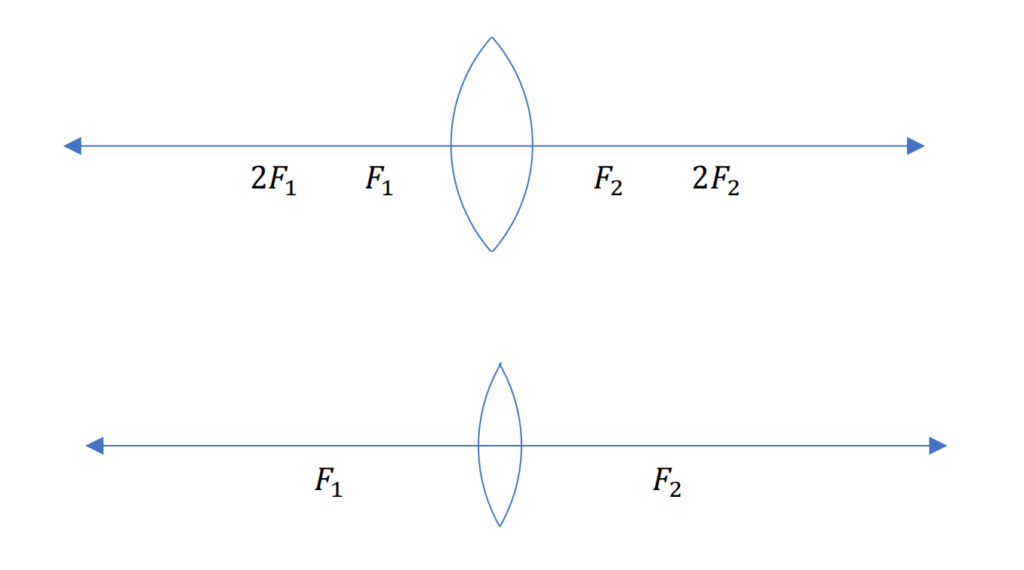DPP – 10S92
REFRACTION & REFRACTIVE INDEX
Q1. A object is placed at a distance of 60 cm from a concave lens of focal length 30 cm
(i) Find the distance of the image from the lens.
(ii) List four characteristics of the image ( nature, position, size, erect/inverted ) formed
(iii) Draw ray diagram to justify your answer of part
(Ans: v = −20 cm, m = 0.33)
Q2. What is meant by power of a lens? Write its SI unit. A student uses a lens of focal length 40 cm & another of −20 cm. Write the nature and power of each lens. (3)
( Ans: 2.5D, −5D )
Q3. An object of height 4.0 cm is placed at a distance of 30 cm from optical centre ‘O’ of a convex lens of focal length 20 cm. Draw a ray diagram to find the position and size of the image formed. Mark optical centre ‘O’ and principal focus ‘F’ on the diagram. Also, find the approximate ratio of size of image to the size of object.
(Ans: v = 60 cm, hi = −8 𝑐𝑚 )
Q4. If the image formed by a lens for all positions of a object placed in front of it is always erect & diminished , what is the nature of this lens? Draw a ray diagram to justify your answer. If the numerical value of the power of this lens is 10 D. What is its focal length.
Q5. The ability of a medium to refract light is expressed in terms of its optical density. Optical density has a definite connotation. It is not the same as mass density. On comparing two media, the one with the large refractive index is optically denser medium than the other. The other medium with a lower refractive index is optically rarer. Also, the speed of light through a given medium is inversely proportional to its optical density.
(i)Determine the speed of light in diamond if the refractive index of diamond with respect to vacuum is 2.42. Speed of light in vacuum is 3 × 108m/s.
(ii) Refractive indices of glass, water and carbon disulphide are 1.5, 1.33 and 1.62 respectively. If a ray of light is incident in these media at the same angle (say θ), then write the increasing order of the angle of refraction in these media.
(iii)The absolute refractive indices of water and glass are 4/3 and 3/2 respectively. If the speed of light in glass is 2 × 108m/s, find the speed of light in (i) vacuum and (ii) water.
Q6. List two differences in the characteristic properties of the virtual images formed by the two types of spherical lenses (concave and convex).
Q7. An object is kept at a distance of 1m from a lens of power +2D.
(i) Identify the type of lens.
(ii) Calculate its focal length and distance of the image formed.
Q8. Which of the following lenses have more power? Also, explain the answer with suitable reason.

